Animal aggression can manifest suddenly and with devastating consequences for humans who fail to recognize the warning signs. Whether encountering wildlife on a hike, approaching an unfamiliar dog, or even interacting with your own pet during times of stress, understanding animal body language could mean the difference between a peaceful interaction and a dangerous confrontation.
Animals rarely attack without warning—they typically display a progression of signals indicating their discomfort, fear, or territorial protection instincts. Learning to read these cues effectively can help you respond appropriately, potentially preventing injury to yourself and others while respecting the animal’s boundaries.
Understanding the Importance of Reading Animal Body Language

Animals communicate primarily through body language, which means they’re constantly sending signals about their emotional state and intentions. Being able to interpret these signals is crucial for safely interacting with any animal, whether wild or domestic. When humans misinterpret or ignore these cues, animals may feel threatened and escalate to aggressive behavior as a last resort for self-protection.
Research from animal behaviorists indicates that most animal attacks occur because humans missed or disregarded early warning signs of discomfort or fear. By becoming fluent in animal body language, you can recognize when an animal is feeling threatened long before aggression becomes imminent, giving you time to de-escalate the situation or remove yourself safely.
Universal Signs of Aggression Across Species

While different species have unique ways of expressing themselves, several aggressive signals are relatively consistent across the animal kingdom. Direct, unblinking eye contact is often perceived as a challenge or threat by many animals, including dogs, cats, and primates. Physical enlargement—where the animal attempts to make itself appear bigger through raised fur, spread wings, or an arched back—is another common warning sign across species.
Unusual stillness or freezing behavior often precedes an attack, as the animal prepares to launch into action. Vocalizations like growling, hissing, or snarling serve as audio warnings that should never be ignored, regardless of the animal’s size or species. Understanding these universal signs provides a foundation for recognizing potential danger across various animal encounters.
Canine Aggression Signals: Reading a Dog’s Intentions
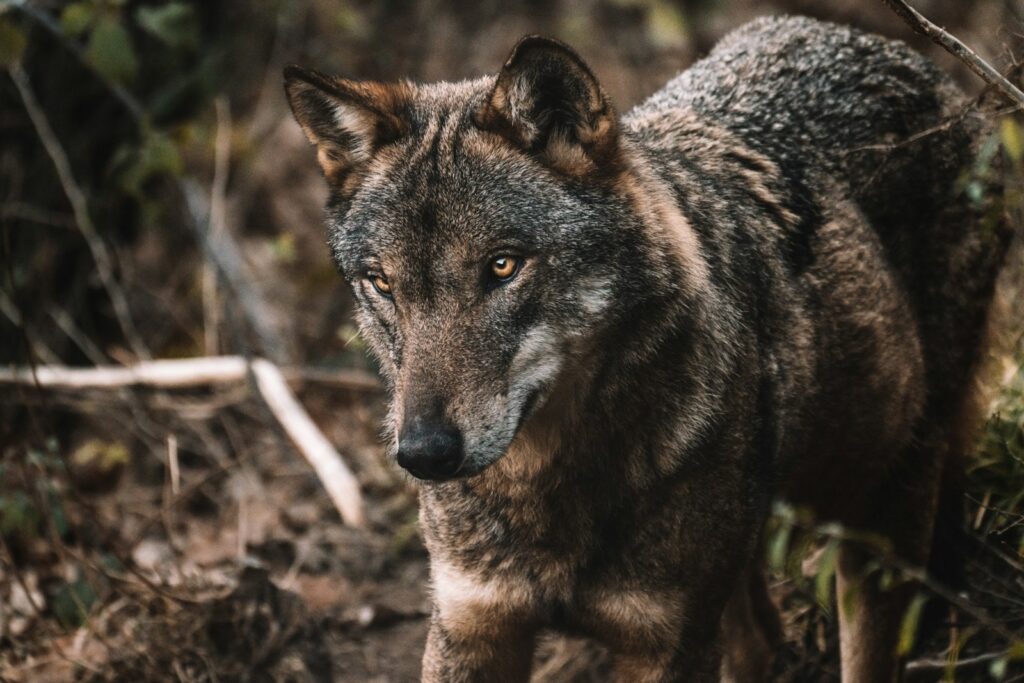
Dogs communicate through a sophisticated system of physical and vocal cues that telegraph their emotional state clearly to those who understand them. Early signs of potential aggression include a stiffened body posture, raised hackles along the back, a tail held high and rigid (or tucked tightly if fear-based aggression is brewing), and ears that are either pinned back or very erect and forward-facing. As a dog becomes more agitated, you may notice a fixed stare, curled lip exposing teeth, and a low, rumbling growl that shouldn’t be dismissed as “just playing.”
The progression may continue to air-snapping—where a dog snaps without making contact—before moving to actual biting. Dogs typically follow this escalation sequence, providing multiple opportunities for humans to recognize the warning signs and respond appropriately before aggression reaches a dangerous level.
Feline Warning Signals: When Cats Feel Threatened

Cats exhibit distinctive body language when feeling threatened or preparing for aggression that differs somewhat from canine signals. A threatened cat will often position its body sideways to appear larger, with arched back, puffed tail, and fur standing on end. The ears provide critical information—flattened ears pressed tightly against the head indicate serious agitation or fear.
Tail movement offers another important clue, with a rapidly flicking or thumping tail signaling increasing irritation, unlike a dog’s wagging tail which often indicates friendliness. Vocal warnings include hissing, growling, and yowling that increase in volume and intensity as the cat becomes more distressed. Unlike dogs who might give multiple warnings, cats can transition quickly from warning signals to physical aggression when they feel cornered or their signals are ignored.
Horse Behavior: Detecting Aggression in Equines

Horses, despite their large size and domestication, remain prey animals with powerful defensive instincts that can manifest as aggression when they feel threatened. Warning signs include flattened ears pinned tightly against the neck, widened eyes showing the whites (sometimes called “whale eye”), and a raised head with tense neck muscles. A swishing tail that moves with increasing force and frequency often indicates mounting irritation, while pawing the ground with a front hoof can signal readiness to kick or strike.
Positioning changes are particularly important to note—a horse turning its hindquarters toward you may be preparing to kick, one of their most dangerous defensive maneuvers. Because of their size and strength, even subtle aggressive cues from horses demand immediate respect and appropriate response to prevent serious injury.
Wildlife Encounters: Reading Signals from Wild Animals
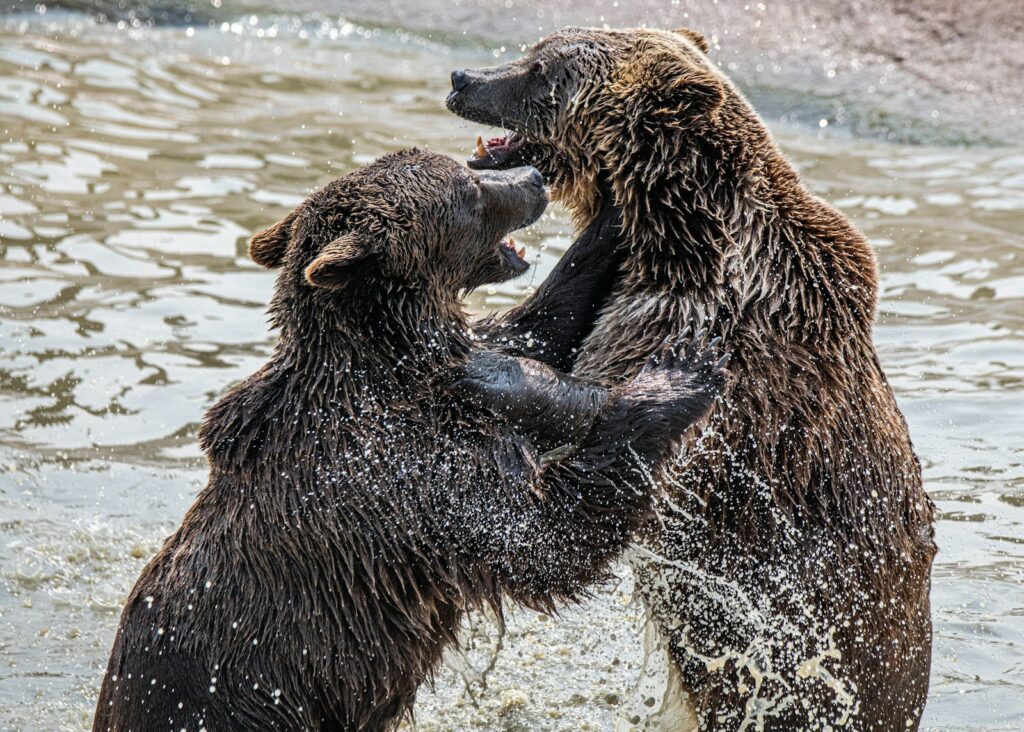
Wild animals present unique challenges because they lack habituation to humans and follow their natural instincts more strongly than domestic animals. Bears will often display aggression through bluff charges, where they run toward you but stop short, accompanied by jaw-popping, huffing sounds, and swatting the ground. Big cats may crouch with twitching tails and focused stares before attacking, while wolves and coyotes may display raised hackles, bared teeth, and specific pack positioning behaviors when feeling threatened.
Even smaller wildlife like raccoons or foxes signal aggression through vocalizations, arched backs, and raised fur along their spines. When encountering wildlife, maintain greater distances than you would with domestic animals, as wild creatures have larger personal space requirements and less tolerance for human proximity before feeling threatened enough to respond aggressively.
Context Matters: Understanding Triggering Situations
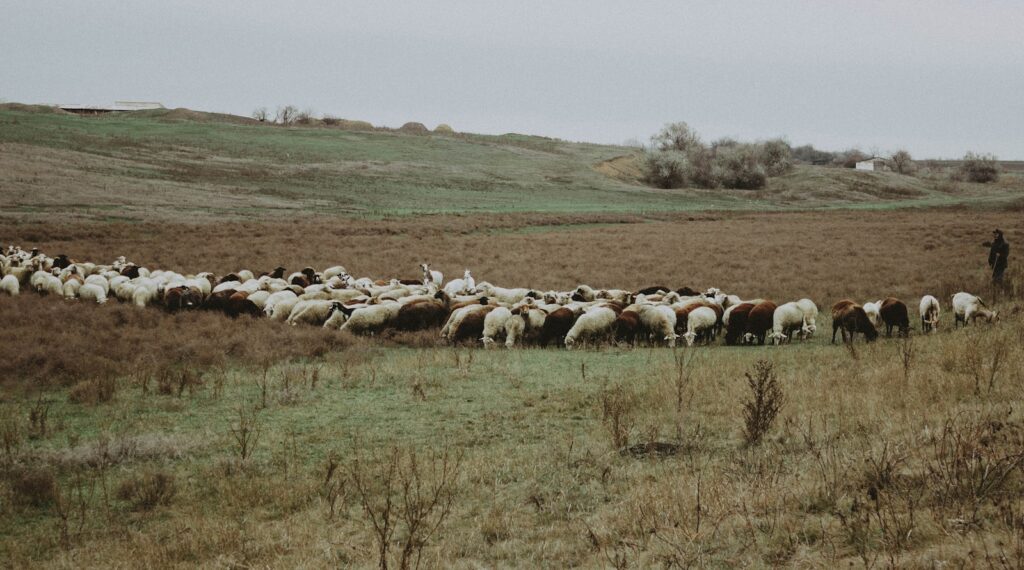
An animal’s environment and circumstances dramatically influence its likelihood of displaying aggressive behavior, making context essential for accurate interpretation of warning signs. Resource guarding—protection of food, toys, territory, or even human attention—frequently triggers aggression in domestic and wild animals alike. The presence of offspring represents another high-risk scenario, as parental protection instincts can override an animal’s usual tolerance for human presence.
Pain or illness often lowers an animal’s threshold for aggressive responses, causing normally docile creatures to lash out when approached or handled. Social dynamics also play a role, particularly with pack or herd animals where dominance hierarchies can influence individual animals’ reactions to perceived threats. Recognizing these contextual factors helps predict potential aggression before behavioral warning signs even begin.
Fear-Based vs. Dominance Aggression: Important Distinctions
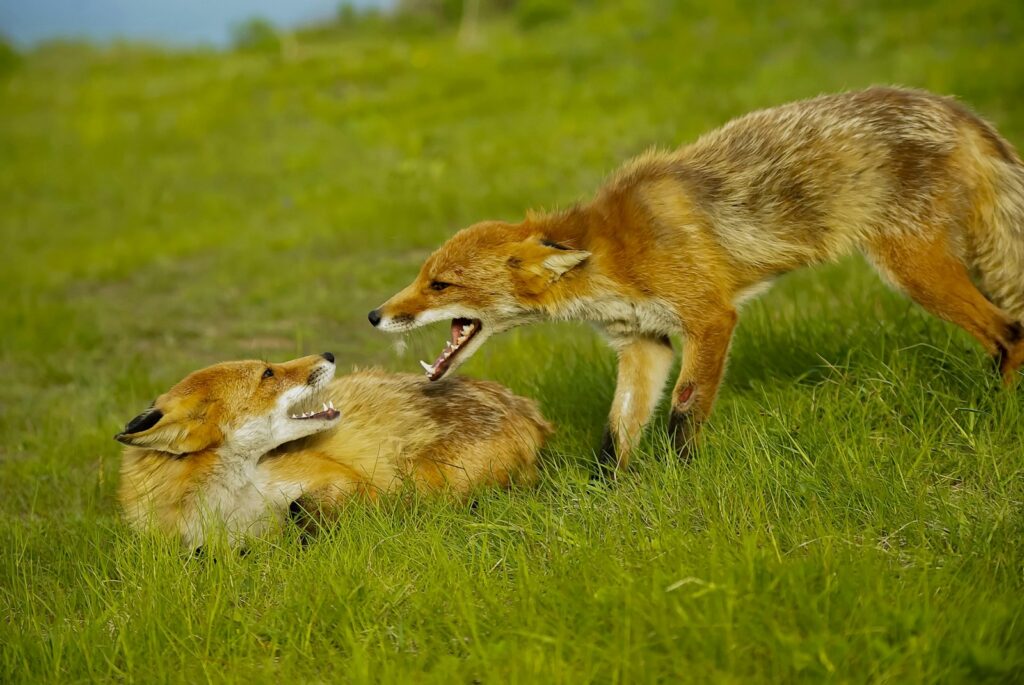
The motivation behind an animal’s aggression significantly affects both the warning signs displayed and the appropriate human response. Fear-based aggression typically manifests through defensive postures—the animal may cower, tremble, or attempt to increase distance while still showing aggressive signals like growling or raised hackles. These animals often avoid eye contact initially, only making direct eye contact when they feel cornered and are preparing to defend themselves.
Dominance aggression, by contrast, involves forward-leaning postures, direct staring, and movements that decrease distance between the animal and the perceived subordinate. Understanding which type of aggression you’re witnessing is crucial because approaching a fear-aggressive animal will escalate the situation dangerously, while backing away from dominance aggression may sometimes encourage pursuit. The distinction requires careful observation of the animal’s complete body language and contextual factors.
How Humans Unintentionally Provoke Aggression
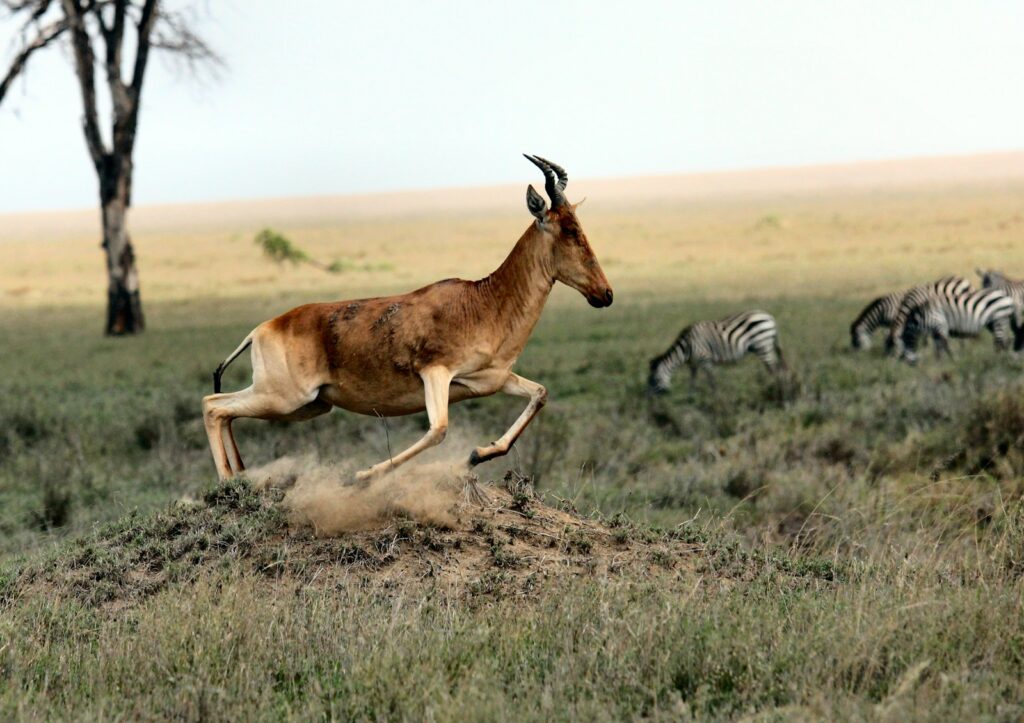
Many human behaviors that seem innocent or even affectionate to us can be perceived as threatening by animals, inadvertently triggering aggressive responses. Direct eye contact, interpreted by humans as attentiveness or connection, reads as a dominance challenge to many species. Physical gestures like reaching over an animal’s head, hugging, or face-to-face contact often violate animal comfort zones and trigger defensive reactions.
Even our emotional states affect animals—anxiety, fear, or tension in humans can be sensed by animals who may respond with matching energy or protective aggression. Children are particularly vulnerable to provoking unintentional aggression through their natural tendencies toward quick movements, high-pitched vocalizations, and direct approaches that can startle or intimidate animals. By becoming aware of these unintentional provocations, humans can modify their behavior to reduce the likelihood of triggering aggressive responses.
De-escalation Techniques: Responding to Warning Signs
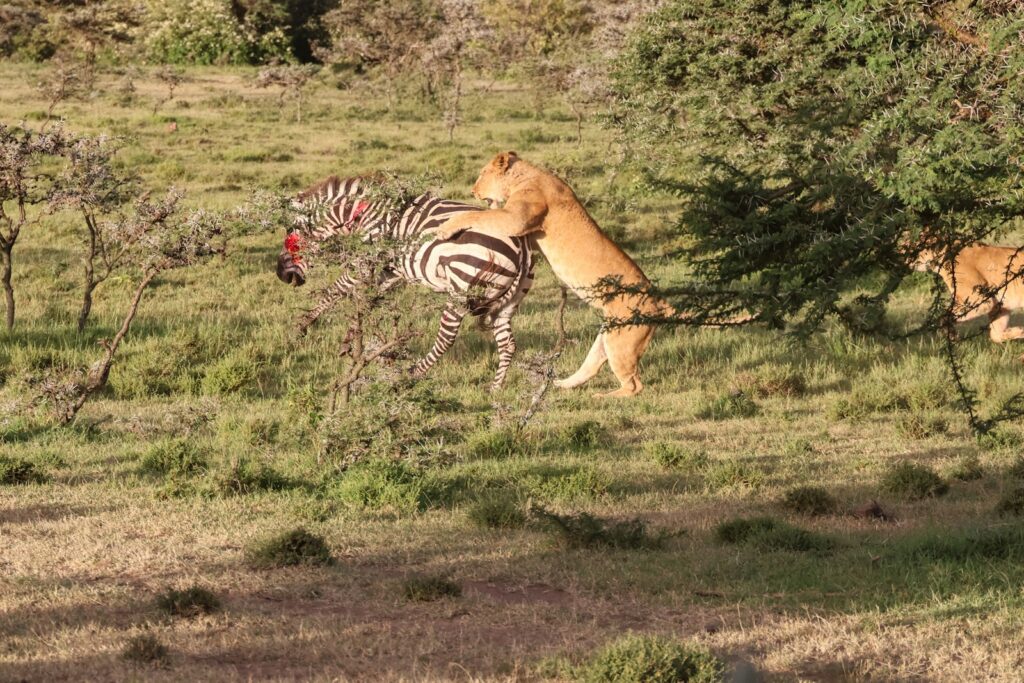
When you recognize warning signs of aggression, appropriate responses can prevent a dangerous escalation and protect both yourself and the animal. For most situations, the first step is to freeze momentarily, avoiding sudden movements that might trigger a defensive attack. Slowly creating distance without turning your back is generally effective across species, giving the animal space to feel secure again. Averting your gaze to avoid direct eye contact removes what many animals perceive as a challenge or threat.
Your vocal tone matters significantly—using a calm, low, soothing voice can help de-escalate tension, while yelling or high-pitched sounds often increase an animal’s arousal and aggression. With domestic animals, offering an appropriate alternative behavior or distraction sometimes redirects their focus away from the triggering situation. Remember that backing an animal into a corner physically or psychologically removes their escape option, potentially forcing them to resort to aggression as their only perceived choice.
Species-Specific Escape Routes and Safety Protocols

Each animal species requires specific safety responses when aggression becomes imminent, making it vital to understand appropriate escape strategies before encountering potentially dangerous situations. With domestic dogs, standing still “like a tree” works for moderate aggression, but creating a barrier between yourself and the dog becomes necessary if the aggression escalates. For bears, playing dead is recommended for defensive attacks from brown/grizzly bears, while fighting back is advised for predatory attacks or encounters with black bears.
When facing aggressive big cats, maintaining eye contact, appearing larger, and fighting back vigorously offer the best chance of survival. For herd animals like cattle or horses, moving to a fence or barrier provides protection from kicks or charges. Having species-specific knowledge prepared in advance can make the critical difference when you have seconds to react to an aggressive animal encounter.
Children and Animal Aggression: Special Considerations
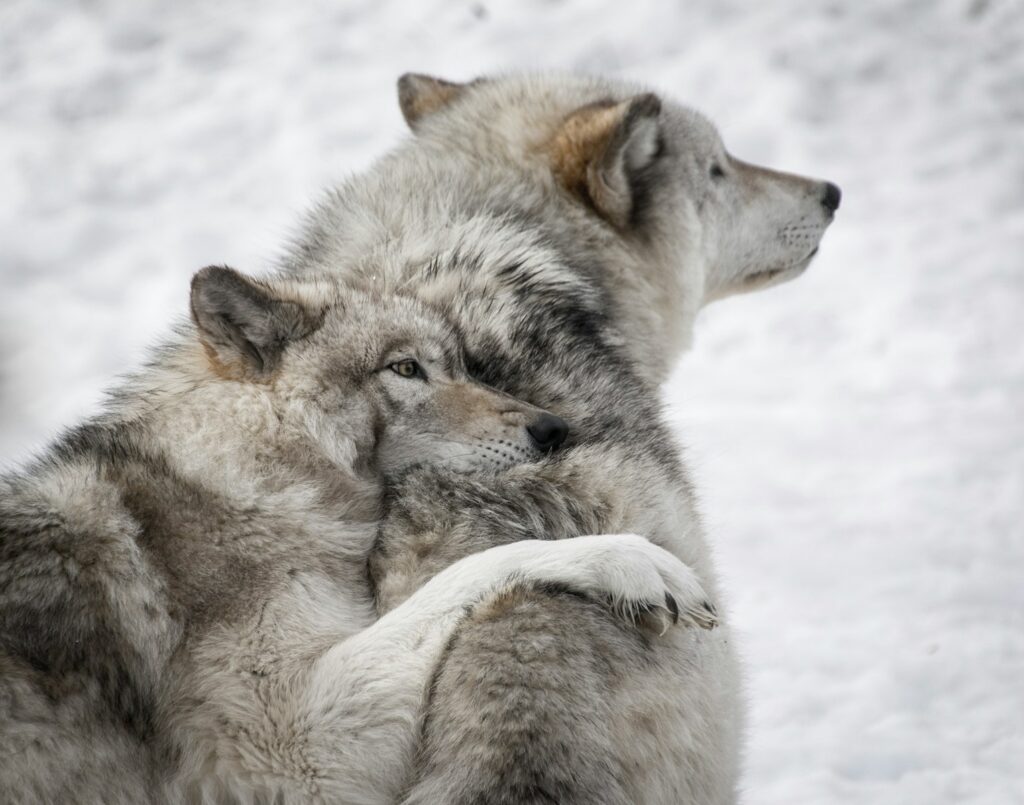
Children face heightened risks from animal aggression due to their small size, unpredictable movements, and limited understanding of animal body language cues. Young children often approach animals at eye level, which many species interpret as confrontational, and frequently exhibit behaviors like hugging, kissing, or pursuing retreating animals—all actions that can provoke aggressive responses. Children’s high-pitched voices and quick, jerky movements may trigger predatory instincts in some animals or fear responses in others.
Research shows that children under 10 years old account for a disproportionate percentage of animal bite victims, underscoring the importance of teaching age-appropriate animal safety. Adults should constantly supervise child-animal interactions, intervening at the first sign of animal discomfort rather than waiting for obvious aggression signals, and teaching children to respect animal space and communication signals from an early age.
When to Seek Professional Help with Aggressive Animals

Recognizing when an animal’s aggression needs professional help is essential for safety and early intervention. Consistent growling, snapping, or biting—no matter how minor—should prompt a vet visit to rule out health issues, followed by guidance from a certified behaviorist. Aggression toward children or sudden, unprovoked attacks are urgent and need immediate expert assessment.
Wildlife showing bold or threatening behavior near humans should be reported to local authorities. Early intervention not only protects people but can save animals from being euthanized due to untreated aggression. Learning to understand and respond to animal behavior helps create safer, more respectful human-animal interactions.

